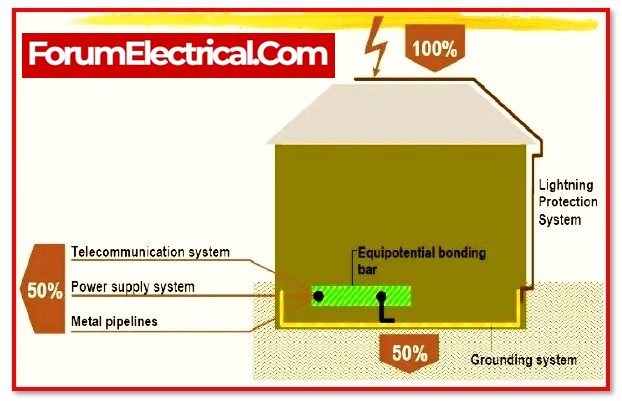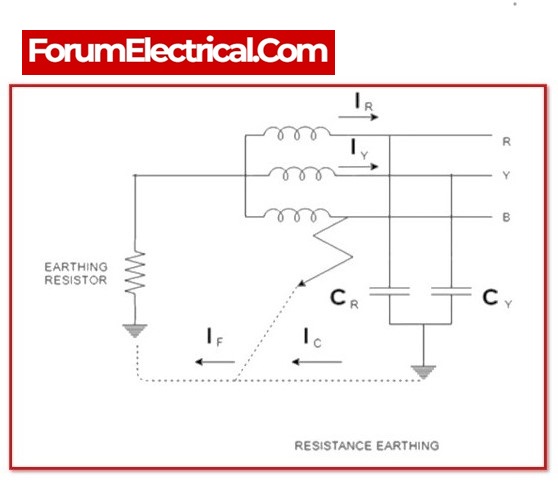Grounding:
Electrical Grounding is the technique of reducing an object’s excess charge by transferring electrical charges from a short circuit between the object and a larger object.

How Does Electrical Grounding Work?
Grounding provides the most efficient and secure path for excess electricity to return to the earth from an appliance via an electrical panel. Electrical grounding is a backup line that is often only utilised in the event of a wire system malfunction.
A circuit is dependent upon both
- Positive electricity and
- Negative electricity.
This connection provides an appliance or electronic equipment with the necessary power to function. If something fails, there will be an accumulation of energy. This can result in the electrical connection and housing storing the surplus energy.
This power will be stored in the internal wire and external metal enclosure in the event of an electrical malfunction. A static electric shock is a simple illustration. This accumulation is only noticeable when a connection is made to release the stored electricity.
A circuit breaker will trip in the event of a short circuit. Despite the absence of a grounding line, electricity will still be present.
A grounding wire returns the power that has accumulated during the malfunction to the earth outside your home. Typically, the grounding wire is attached to either an internal metal structure or the appliance’s outer casing.
Instead of energy building up in the circuit when a failure occurs, it flows back to the earth and shuts off the circuit.
This grounding wire is a connection through which electricity can be safely discharged without endangering appliances or electronic devices or putting at risk of electrical shock.
Most electrical outlets, lights, appliances, and devices contain a grounding wire. Typically, the grounding wire is the circular third prong at the bottom of an electrical plug. The electrical grounding wire must connect in some way to the soil outside your home.
This can occur in one of two ways, depending on city or county zoning codes, They are:
- Grounding Rod and
- Copper Water Pipe
Grounding Rod:
The grounding rod is normally an eight-foot-long copper rod that is driven into the earth outside the residence. It is positioned far enough away from the residence so that it does not contaminate gravel, concrete, or other building materials used for your foundation, drainage, or piping system.

Copper Water Pipe:
Copper Water Pipe is a grounding wire that can be connected to the plumbing connection that supplies cold water to the hot water heater. This copper pipe is embedded in the ground and can provide a grounding connection.
What is a grounding wire?
A “grounding” wire is a safety wire that has been strategically connected to the earth. Under normal circuit function, the grounding wire does not transmit electricity. Its aim is to carry electrical current only in the event of a short circuit or other potentially hazardous circumstance.
What are the three different types of electrical grounding?
Important types of the grounding systems are described below:
1. Solid Grounded Systems,
2. Resistance Grounded Systems,
3. Un-grounded Systems.
Solid Grounded Systems:
Solid grounding means the absence of any intentional impedance between the neutral and ground of power transformers, grounding transformers, or generators. However, the zero-sequence circuit is not a zero-impedance neutral circuit because the electrical machines and system qualities impose a reactance.

Resistance Grounded Systems:
Resistance grounding systems makes systems safer by reducing the probability of a line-to-ground arc flash, but it does not limit the energy of a line-to-line arc flash. For protection against ground faults, high resistance grounded systems cannot depended on overcurrent protective devices such as circuit breakers and fuses.

Ungrounded Systems:
The term “ungrounded system” refers to a system without neutral grounding. An ungrounded system is a system that is not intentionally connected to ground, with the exception of potential indication or measurement devices. Under suitably balanced load conditions, the neutral of an ungrounded system is often close to ground potential.











